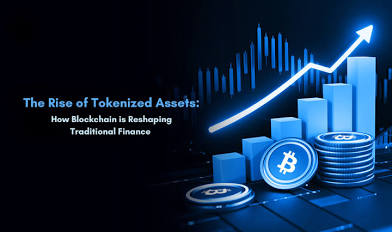IT IS YOUR MONEY
CBDCs vs. Cryptocurrencies: The Battle for the Future of Money Includes RWA
State Control vs. Decentralized Value
CBDCs and cryptocurrencies represent two visions for the future — one centralized, the other decentralized — and RWA plays a role in both.
Governments explore RWA-backed CBDCs, while decentralized networks use RWA to stabilize crypto economies.

Central Banks Explore RWA-Backed CBDCs
China’s digital yuan and the ECB’s digital euro project consider backing digital currency with real-world assets for stability.
The BIS Innovation Hub tested multi-CBDC bridges using RWA-backed settlements between central banks.
These experiments show that governments see value in anchoring digital money to real-world assets — whether through treasuries, commodities, or trade receivables.
DeFi Uses RWA to Build Trust
Protocols like MakerDAO back DAI with real-world bonds and treasuries, proving that decentralized money can be stable and credible.
Others, like Ondo Finance , offer tokenized U.S. Treasury bills to retail investors.
This hybrid model blends the best of both worlds — decentralized governance with real-world asset backing.
Private Sector Competes with Public Infrastructure
While central banks develop their own digital currencies, private-sector stablecoins continue to grow.
Companies like Circle (USDC) and Tether (USDT) offer RWA-backed alternatives that operate outside of government control.
This competition is pushing both sectors to innovate — resulting in better products, clearer regulations, and more choices for users.
Conclusion: RWA Is the Bridge Between Old and New Money
Whether centralized or decentralized, RWA helps build trust and utility in the digital monetary landscape.
As both CBDCs and cryptocurrencies evolve, RWA-backed models will play a critical role in shaping the future of money.
To understand how these developments could impact your finances and investments, visit DigitalAssets.Foundation for expert insights and a FREE consultation.

More News
© 2025
